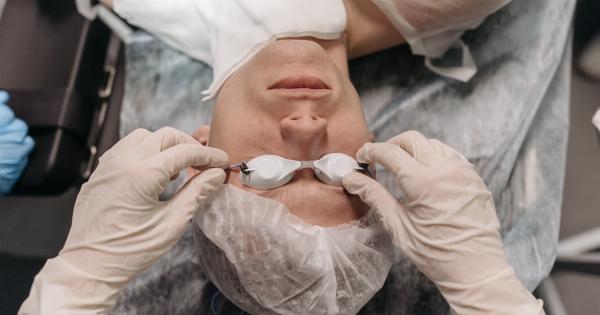Hip arthroplasty, commonly known as hip replacement surgery, is a surgical procedure performed to replace the damaged hip joint with an artificial joint.
It is a common procedure performed on patients with severe hip pain and mobility issues due to osteoarthritis, hip fractures, and other medical conditions. However, despite its efficacy in treating hip conditions, traditional hip replacement surgery often leads to bone loss, which can cause problems in future hip revision surgeries.
Thanks to the advances in technology and surgical techniques, bone preserving hip arthroplasty procedures are gaining popularity among surgeons and patients alike.
These techniques focus on preserving bone and other tissues surrounding the hip joint to minimize the amount of bone loss and facilitate a successful hip revision, if needed, in the future.
Anterior Approach
The anterior approach is a minimally invasive technique where the surgeon accesses the hip joint from the front of the hip instead of the back or side.
This technique allows the surgeon to work between the muscles instead of cutting through them, preserving the soft tissue and reducing post-operative pain. Additionally, the anterior approach enables the surgeon to access the hip joint through a smaller incision, which further reduces the amount of tissue damage, and potentially improves healing time.
Mini-Incision Surgery
Mini-incision surgery involves making a smaller incision than the traditional hip replacement procedure.
This technique requires specialized surgical equipment and is done using video-assisted tools, enabling the surgeon to perform the surgery through a smaller incision without compromising the visibility of the targeted area. This technique reduces muscle and tissue trauma, resulting in less post-operative pain and a potentially faster recovery.
Ceramic Hip Replacements
Traditional hip replacement surgeries usually involve metal or plastic components, which can cause damage to the surrounding bone.
Ceramic hip replacements replicate the look and feel of natural bone structures, reducing the risk of damage to the supporting bone. The lighter weight of ceramic implants allows for easier movements and reduces the chances of dislocation.
Oxinium Implants
Oxinium implants are composed of an advanced metallic alloy that contains oxidized zirconium. The oxidization of the zirconium increases its hardness, making it more wear-resistant and durable than traditional metallic implants.
Additionally, Oxinium implants can potentially reduce bone loss and inflammation, leading to a more successful hip revision surgery in the future.
Bone-Conserving Fixation Techniques
Bone-conserving fixation techniques involve preserving as much of the natural bone as possible while fixing the implant in place. One example of bone-conserving fixation is the use of bone cement containing antibiotics to secure the implant.
The cement fills the space between the implant and bone, protecting it from damage and preserving the bone structure.
Robot-Assisted Hip Arthroplasty
Robot-assisted hip arthroplasty is a relatively new technique that involves the use of robotic equipment to assist with the surgical procedure.
This technology provides the surgeon with a higher degree of accuracy, allowing for a more precise and customized approach to hip replacement surgery. The robotic arm enables the surgeon to target the problematic areas and protect the surrounding tissues from damage, leading to a quicker and less painful recovery.
Isolated Bearing Surfaces
Isolated bearing surfaces refer to the materials used in the implants that articulate or move against each other. Traditionally, hip replacements involve metal-on-plastic, which increases the risk of wear and tear.
With isolated bearing surfaces, the bearing surfaces are composed of non-corrosive alternatives such as ceramic, which reduces the chances of wear and corrosion. This technology helps to preserve the surrounding tissues and bones, leading to a potentially more successful hip revision surgery.
Bone Grafting
Bone grafting is a procedure that involves replacing the lost or damaged bone with new bone tissue or replacement materials. Bone grafting is used when the patient’s natural bone structure deteriorates due to age or certain medical conditions.
By replacing the lost bone structure, the surgeon can provide a more stable base for the implant, thereby minimizing the risk of bone loss and facilitating a successful hip revision surgery in the future.
Conclusion
Bone-preserving techniques are a significant advancement in hip replacement surgery.
By preserving the surrounding tissues and bones, these techniques have the potential to reduce the complications associated with traditional hip replacement surgeries, such as bone loss and inflammation. While these techniques require specialized equipment and advanced surgical skills, they offer improved patient outcomes and minimize the need for revision surgeries.


























